

Three years ago, I decided that I wanted to learn Spanish. Since I didn’t have any knowledge about what to do, I downloaded the first language-learning app I saw on Google Play store, Busuu.
It was a freemium app, and after spending 2 hours on it, I found myself subscribing to the premium version.
That was my first purchase ever on Google Play store. I used to do research for hours and find free alternatives for everything that I need, but Busuu only took 2 hours to convince me.
Why did I buy it? How did I decide that that one was the best without further research?
Easy: they had a fantastic growth hack that worked.
Actually, not only one.
I will talk about Busuu in detail, but first:
What is Growth Hacking?
Growth hacking is boosting your growth with minimum spending, using innovative methods that will set you apart from the rest of the market. Leading to a sprint-effect, Growth Hacking has been the hidden (or not-so-hidden) star behind the worldwide known companies such as Airbnb, Dropbox, Gmail, even Instagram, and Linkedin.
Growth hackers are not only marketers nor engineers; they are strategists and creative minds combined with unusual marketing strategies.
Instead of spending years of SEO optimization, content building, or wasting thousands of dollars for advertising and long-term experimentations, Growth Hackers use quicker ways to make the business known and have thousands of users.
Growth hacking is thinking outside the box, or in some cases, it is creating the box.
Examples are the perfect tools to understand a subject thoroughly. So without further ado, let’s take a look at:
My top 3 growth-hacking picks that scream GENIUS
Uber
Uber changed the way transportation works.
Think of what makes Uber different from any cab company: they are cheaper, relatively safer, and they created new fields of employment which benefited the USA at the beginning and the whole world now.
Instead of joining the taxi cab world, they decided to reinvent the way the market:
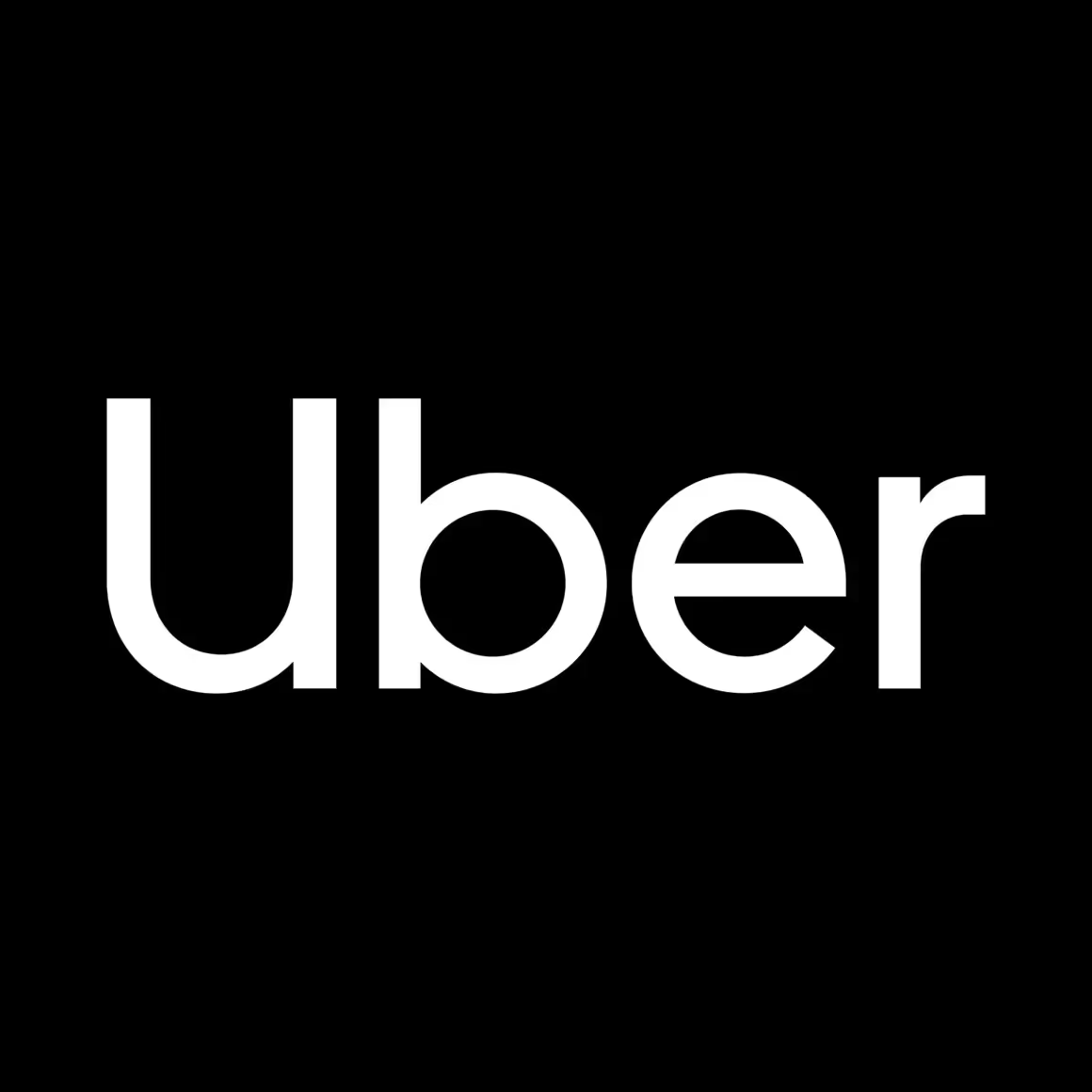
Rather than praying for a big cab or calling 10 different stations to find 1 available taxi, there is almost always an available Uber nearby because people needed jobs(or side jobs). Now, there are millions of uber drivers everywhere.
Genius!
Uber lets you pick the size of the vehicle, shows you the reviews of the cab driver in advance, gives you an approximate price for the trip, and lets you follow the map.
And also, it let people turn their personal cars into their jobs.
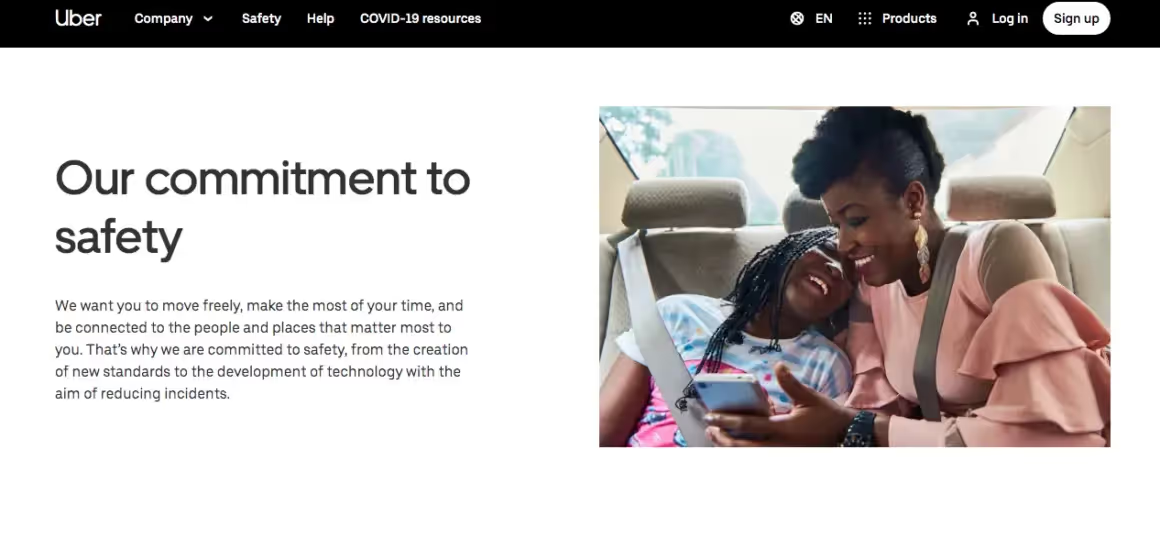
I felt safer writing this, actually.
What should all these revolutions be called, if not Growth Hacking?
Airbnb
Another company that changed the way of one of the most significant needs in our lives: accommodation.
When thinking about Growth Hacking and Airbnb, most people first think of how Airbnb ‘’hacked’’ into craigslist. I will mention that too, but later in the article.
For now, I want to talk about how Airbnb used Growth Hacking to get even bigger and better while they were already big.

Airbnb is not the only platform where you can rent your own property nowadays.
But it is the only one that allows you to get your place photographed by a professional photographer for free.

Genius!
And since Airbnb started the trend, renting became even more popular and accessible.
Costco
Did you ever wonder why Costco is so cheap?
Apparently, it’s because Costco makes minimum profit out of selling things.
So how did they become #10 in the Fortune 500 rankings?
Costco charges its customers $60 per month for membership.

In other words, imagine having millions of customers, each paying you $60 out of the blue, just to get access to your affordable goods.
Genius!
They basically hacked the way that supermarkets make profit, enabling people to get access to almost everything at affordable prices. The people win, the company wins.
As you may guess, Costco is not the only company that hacked their growth with a win-win situation. It’s my favorite, though.
Here are some other companies that profited from a win-win situation:
25 Growth Hacking stories to be inspired from
Benefiting the customers’ benefit: Creating a win-win situation
Dropbox
Dropbox offered every user 500 Mb of additional space for every friend they recommended. The person who received the invitation got an extra 500 Mb as well.
This way, you could earn up to 16 Gb of additional free space, and people kept inviting new people to the program.

Do you see how smart this is?
Dropbox could give everyone 18 Gb space as soon as they signed up, but instead, they turned every single user into free advertisers.
They benefited from their customers’ benefit. They didn’t have to spend a penny on advertising and became well known in a short period of time.
PayPal
The method Paypal used is almost the same as Dropbox, but this time, the company gave every single user $10.
$10 out of the blue, just for signing up.
Sounds expensive, considering they have millions of users, right?
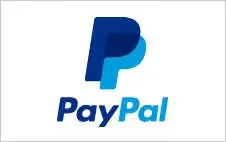
Well, if the profit didn’t overcome the cost, they probably would have stopped using that method a long time ago.
But there is one thing that you should keep in mind if you want to implement it into your business: if people start signing up to your platform just for the bonus and never look back at you.
You have to have an irresistible service or product. Otherwise, this method will backfire.
Want to hear something that can’t backfire at any cost? You will be surprised:
RJMetrics and AdvanceB2B
Talk about thinking outside the box…
RJMetrics literally gave out CUPCAKES to attract people and increase the number who would participate in their survey.
Before cupcakes, they had tried giving iPads, but check this out:
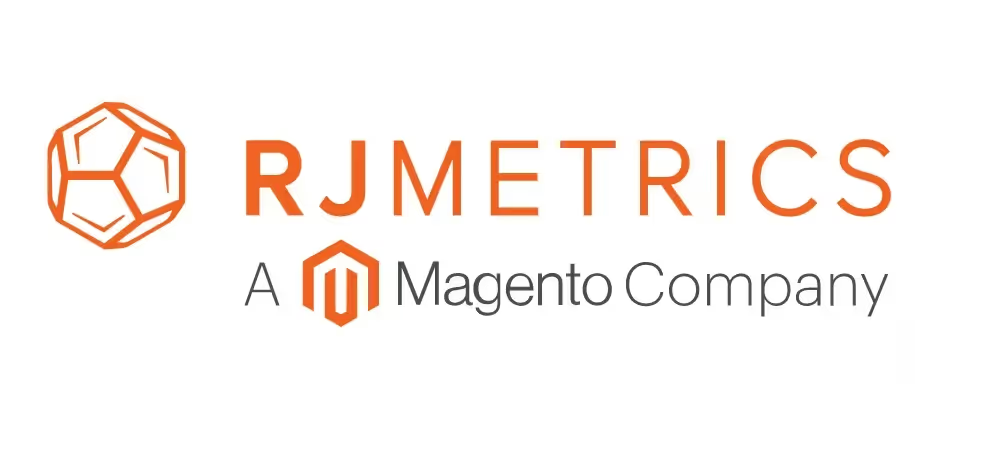
‘’People would rather receive a dozen cupcakes than an iPad.’’
Janessa Lantz
Later on, AdvanceB2B tried this method too. Wanna hear the results?
They ran the promotion for just under two weeks, and in that time, they actually hit x1.5 their average monthly submission rate.

By giving people something they loved (at a low cost), they gained more attention, which was what they needed.
Win-win.
But what if you don’t think that such a method isn’t the best fit for you?
No worries, this is not the only way:
Using coding skills: Reverse engineering
If you are reading this article, you either already have a Linkedin account or are thinking of signing up for one.
It’s probably because it’s the best platform to get recognized and to be found by your dream company.
This wasn’t always the case, though. The reason why the first couple thousand people who signed up for Linkedin was that Linkedin made it possible to be seen on Google too.
By creating a Linkedin profile, people also created a profile that could show up on a Google search.

In other words, Linkedin coded its way into Google so that people who didn’t have coding skills could benefit from it.
Well, the future of coding is no coding at all anyway, right?
Airbnb
I already mentioned Airbnb as one of my favorite Growth-Hacks already, but giving people access to a privileged service is not their only hack.
The way they became big enough to feel the need to give people extraordinary services is another part of their story.
In its most basic terms, Airbnb reverse-engineered their way into craigslist, which means that any person who created a publication on Airbnb would be able to export their publication into craigslist with only one click.

Craigslist eventually canceled this, but Airbnb was already in highest demand, and it kept growing inevitably.
Another reason for Airbnb's growth is that there was a demand for new ways to earn money (hosts), and there was a need for affordable accommodation (guests). There was an opening in the market.
Airbnb acted quick and filled the gap.
This is called:
Do people know they need your product? Product-Market fit
When Instagram launched in 2010, Facebook and Twitter were already popular competitors who allowed their users to share pictures and videos.
But:
There was no app that allowed you to add cool filters to your photos and turn them into ‘’epic pictures.’’

And no app solely focused on picture-sharing.
Because of these reasons, Instagram grew big enough to be bought by Facebook in 2012. Only 2 years.
It’s because people didn’t even know that they wanted cool filters on their pictures. Instagram knew what they needed before them realizing it.
Just like:
Slack
Slack is the best communication tool for businesses and groups with lots of teams and different topics.
The company became irresistible due to its effectiveness in reducing email traffic.

Their slogan was ‘’Be Less Busy’’, and it enabled companies to easily manage their communication within and between different teams or departments.
Before slack, the companies knew that they needed a way to organize their communication, but they didn’t know that slack was what they needed.
The idea behind Slack was to make it easier for the developers of Slack to communicate while working on projects, and after they realized that they weren’t the only ones in need of such a product was the enlightenment of their lives.
Uber
I mentioned Uber as one of my top picks already due to its safeness and ease.
But what actually gained them recognition was the fact that there was a lack of transportation in some areas, and they decided to fill it.
Uber started with slow but precise steps, going one-city-at-a-time, starting off at SF and Chicago, analyzing each one deeply, and adjusting different methods for every need such as night-life, business hours, etc.

Later on, they realized that human transportation is not the only thing that people needed, and another idea popped into their mind:
Uber Eats
You probably know the feeling when your food takes more than an hour to get to you, and the delivery person says ‘’sorry, busy day’’.
By the time the food arrives, you are already fed up with impatience and hunger, so you’re not hungry anymore.
Uber said, ‘’what if there is one person dedicated to go and get your order for you for an almost no-cost’’. And that was a breakthrough.
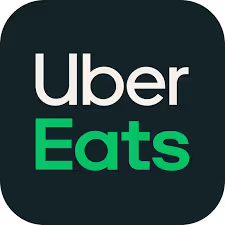
Uber also included ‘’Uber Eats’’ into their already-huge Uber app, and as you can guess, it didn’t take long for the service to be viral.
Youtube
Remember when Linkedin helped no-code people to do something that normally would require coding skills?
Here we have a similar case:
By the time Youtube launched (2005), no other platform allowed users to share their own videos.
People probably didn’t even know that they wanted to share their videos in 2005. (Apple launched the first iPhone in 2007)

People had to go through an incredibly complicated process, including adjusting the videos to be ‘’internet-friendly’’ and having a necessary plugin.
Just like Instagram, there was a market that no one knew they needed, except for the companies that probably ate foresight 3 times a day.
Dollar Shave Club
Before reading the rest of the article, you should definitely watch this 1:33 min long video, you will see why.
When I first saw it, my mind was blown, and I wanted to become a member, even though I don’t need the product.
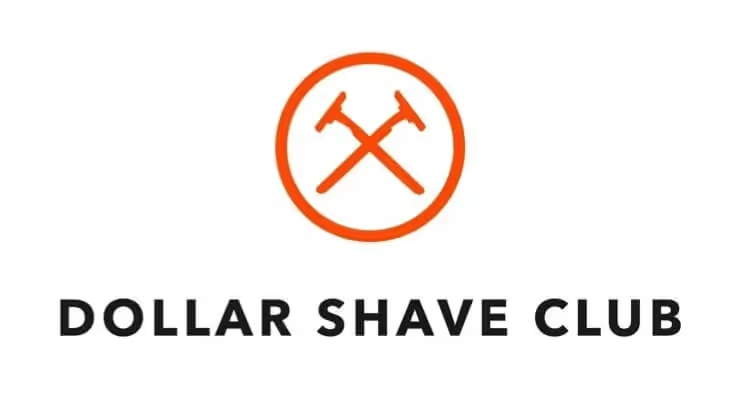
(I’m not being sexist, by the way, I just don’t need it.)
Dollar Shave Club has 4 million subscribers, which is probably enough to overpower its competitor, Gilette, which has ‘’unnecessarily expensive’’ products, according to the video.
Dollar Shave Club was maybe not inventing a new category, but they did fit perfectly into the market.
Shazam
If there is anyone who doesn’t know the agony of not knowing the name of a song you heard and loved, just skip this one.
Also, if there is anyone who doesn’t know what Shazam is, please raise your hand. Let’s see, nope, I don’t see any hands.
Imagine a world without Shazam; it’s not that catastrophic. Is Shazam an indispensable part of our lives? I don’t think so.
Does it make our lives easier? Hell yes.

Shazam was a relief to many music lovers, and not only music lovers.
Making our lives easy in a way we didn’t know was possible, creating a market we didn’t think we needed is what made these companies blow up.
Come to think of it, how did you learn the existence of these platforms? Advertisement? Banners? Or:
$0 cost advertising hack: Word-of-mouth virality
Hotmail
Early users of Hotmail might be familiar with this phrase:
‘’PS I love you. Get your free E-mail at Hotmail’’
Hotmail

Yes, I quoted Hotmail. This was the default sentence at the end of every email sent back then, which turned every single email into a free advertisement.
This way, the company had 12 million users, just 1.5 years after its launch, just when it was sold to Microsoft for $500 million (Think of $500M in 1997).
Hotmail got people talking in the best way possible in its time. But in the modern-day:
Tesla
As for me, I knew Elon Musk before I knew what a Tesla is.
I saw Elon Musk’s tweets way before I knew anything in detail about him or what he does.
This is the power of social media, and Elon Musk knew how to use it.

What blows my mind is the fact that he didn’t talk about his companies or cars when he tweeted something. He didn’t really market his product; he marketed himself. He made himself accepted.
Thus, everything he did became recognized.
Tesla didn’t make it into my top 3, but it deserves this: GENIUS!
Basically, Tesla made itself known without thousand-dollar advertising campaigns thanks to Elon Musk’s way of getting known.
How did you get introduced to Facebook?
Did you just see it on the internet and decided to join, or did you get an invitation from someone who’s already using it?
What Facebook did was incredibly simple:
- They encouraged people to add their contact list so that they could see who else is there.
- They let you mention people from your contacts who don’t use Facebook and sent them emails that ‘’they have been mentioned’’.

Curiosity kills the cat, right? People who wanted to find out what others said about them made them sign up for Facebook, mention others, and the cycle went so on.
Again, $0 spent, became worldwide known anyway.
I would probably still be using Facebook if I didn’t mention my aunt one day, and she mentioned all her friends so that Facebook could turn into a big tea party…
Ever since, I decided to hang out somewhere where I felt more comfortable:
Clubhouse
When I received an invitation to join Clubhouse, I was bored from the COVID-19 isolation, and I thought anything was worth a shot.
I turned out to be correct.
Clubhouse is an invite-only audio chat and streaming platform, launched in April 2020.
For the record, the app has 2 million users.
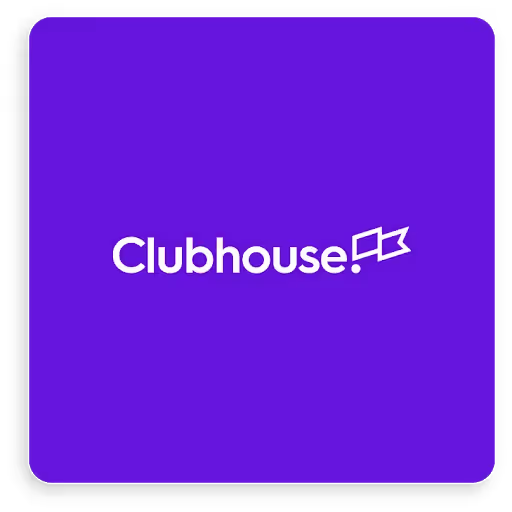
What made Clubhouse so special, you might ask. Let me make a quick list:
- People got extremely bored of this whole pandemic situation, and Clubhouse was a perfect idea to socialize without having to actually socialize (Great for people who fear the virus to death and introverts)
- There was an opening in the market in terms of audio-related social media, and almost no one even realized it.
- It is invite-only. Which makes its participants feel special.
Since it is a ‘’VIP’’ platform, there would be no meaning in advertising it everywhere. And also, by making people feel VIP, they did not only hack their growth, but they also:
Hacking human psychology: FOMO
Busuu
Busuu is the app that showed me that growth hacking really worked without statistics or numbers. I’ve been a part of the people they ‘’hacked’’.
They offered a fantastic discount within a few hours that I started using the freemium version of the app. Let me explain:
What do you expect from a language learning app?
- Explanations, examples, and practices.

What did Busuu offer in the freemium version?
- Explanations, examples, practices, tests, and a personal development graph, access to one language.
What did Busuu offer to premium users?
- Explanations, examples, practices, tests, native speakers, answers to personal questions, daily practice reminders, access to all languages they offer, and a personal development graph.
As soon as I signed up for the app, it gave me an immediate 7-day premium trial, and I was amazed by the wide range of useful options that Busuu offered.
However, the discount offer was a limited offer, and I had to decide whether or not to keep using premium features in 2 hours.
This is called the FOMO (fear of missing out) tactic.
You can offer people something that will make them feel special.
You can make people think that they will lose something special valuable
Or you can make them think that they will be the only ones left out:
Gmail
Gmail used a similar system to Clubhouse.
When Gmail launched, it had an invite-only policy. It also had features that set Gmail apart from other emailing companies, such as easier mail search or better categorizing possibility.
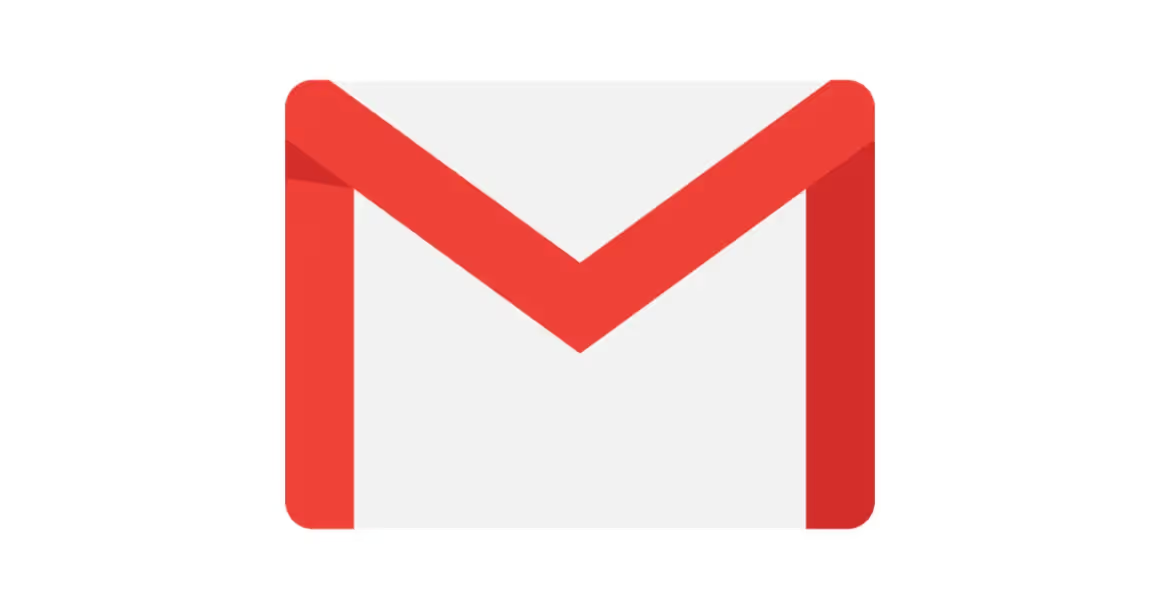
They were on such significant demand that Gmail invites began to be sold in eBay auctions.
Even at the beta-testing period, Gmail did not only get tons of people to use it, but it also evoked curiosity in people’s minds, making them sign up for it right after it was opened to the public.
Groupon
Think of using the methods of Gmail and Busuu together. This is what Groupon did.
They made an offer, but only the first 100 people would be able to benefit from it.
And also, to benefit from the deal, you had to share it on social media.
They combined word-of-mouth virality with FOMO and urgency.

Ticketmaster
Ticketmaster is living proof that the FOMO hack is not disposable.
They occasionally put limited-time offers on some of their products, getting more and frequent attention from people.

Some who missed a deal started to lurk for the next deal, creating a consistent FOMO cycle within the sales, re
I think you get the point of FOMO already, but what if I told you that is not the only way to hack human psychology:
Be unique, be the best, most importantly: Be UNDENIABLE
Netflix
Do you remember when you stopped buying Blu-Rays and CDs for your favorite movies? What about episodes you missed from your favorite TV show?
I do. It happened when I found out about Netflix.
Netflix made it possible to re-watch movies and series as well as enabling offline watching, which was probably the most significant relief in the entertainment industry.
On top of that, Netflix started to shoot its originals that were only available on Netflix; those shows and movies are too good to miss.

When I don’t find a show on the platform, I just watch something else on Netflix instead of trying other ways to watch it.
I feel a huge relief when it saves where I left the show on my laptop and allows me to continue from that spot from my phone.
Netflix is neither the only nor the cheapest online streaming platform.
But it was the first one to become undeniable, and it’s doing a good job when it comes to keeping its watchers loyal.
It does not always have to be the whole platform that is undeniable, though:
Hubspot
What makes Hubspot undeniable is not the content.
It’s not the logo, and it’s not the marketing.
It’s the free website grader tool that people can’t substitute.
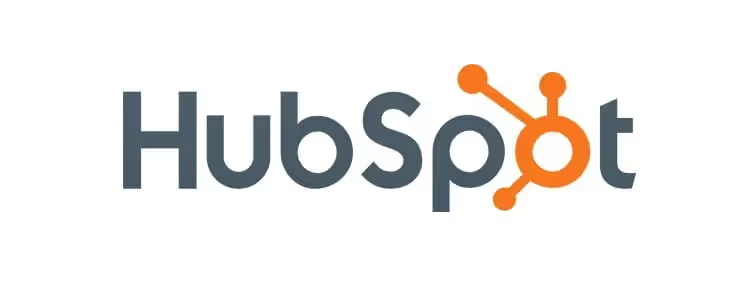
This tool makes you know the strengths and weaknesses of your website for free.
And since you have to give your email address to get the results, you automatically become one of Hubspot’s newsletter subscribers.
They did what all growth teams in the SaaS industry are trying to do with one simple hack.
Who would have thought!
Monzo
For those who don’t know what Monzo is, it’s an online bank based in the United Kingdom.
Monzo was one of the earliest of several new app-based challenger banks in the UK.
So many people wanted to have a Monzo card that people had to wait for weeks for their Monzo card to arrive.

Instead of losing half of those people, Monzo showed people how many others there are in the queue before and behind them.
So, instead of waiting in the unknown, people saw how much the product was demanded and felt like they made the right choice.
On top of that, they gave people some ways to jump up in the line.
They put people who shared Monzo before anyone else, leading to unimaginable growth.
So, what do all these stories have in common?
Each having different methods or ideas, one thing was in common:
Customer centricity.
The customers are the ones buying our products, making the company grow, and if they are not happy, they will not make the company happy.
“They made us feel like we were working for something positive. Listen to them and make sure they are happy with the product”
Bernhard Niesner - founder of Busuu.
Conclusion
Growth Hacking aims to get quick results and rapid growth.
If you are starting a business, or you want to add some spice to your existing business, you should go for Growth Hacking.
There are only two rules to growth hacking:
1- Be customer-centric.
2- Listen to no other rule.
Be unique. Make some noise around the media.
Frequently Asked Questions
How does Growth Hacking work?
Growth Hacking works just like a nitro boost. It is not applicable under every circumstance, it is (mostly) a short-term solution, and it needs to be backed up by sustainable growth elements.
How are tech companies using Growth Hacking?
Since the primary aim of tech companies is to get more costumers, vitality hacks and no-cost advertising hacks (being visible on social media, encouraging people to share the product) is more popular among tech companies.
Who coined the term "Growth Hacking"?
Sean Ellis, founder and CEO of GrowthHackers, coined the term in 2010.

















.svg)
.svg)
.svg)
.svg)
.svg)

.svg)
.svg)












.svg)
.svg)
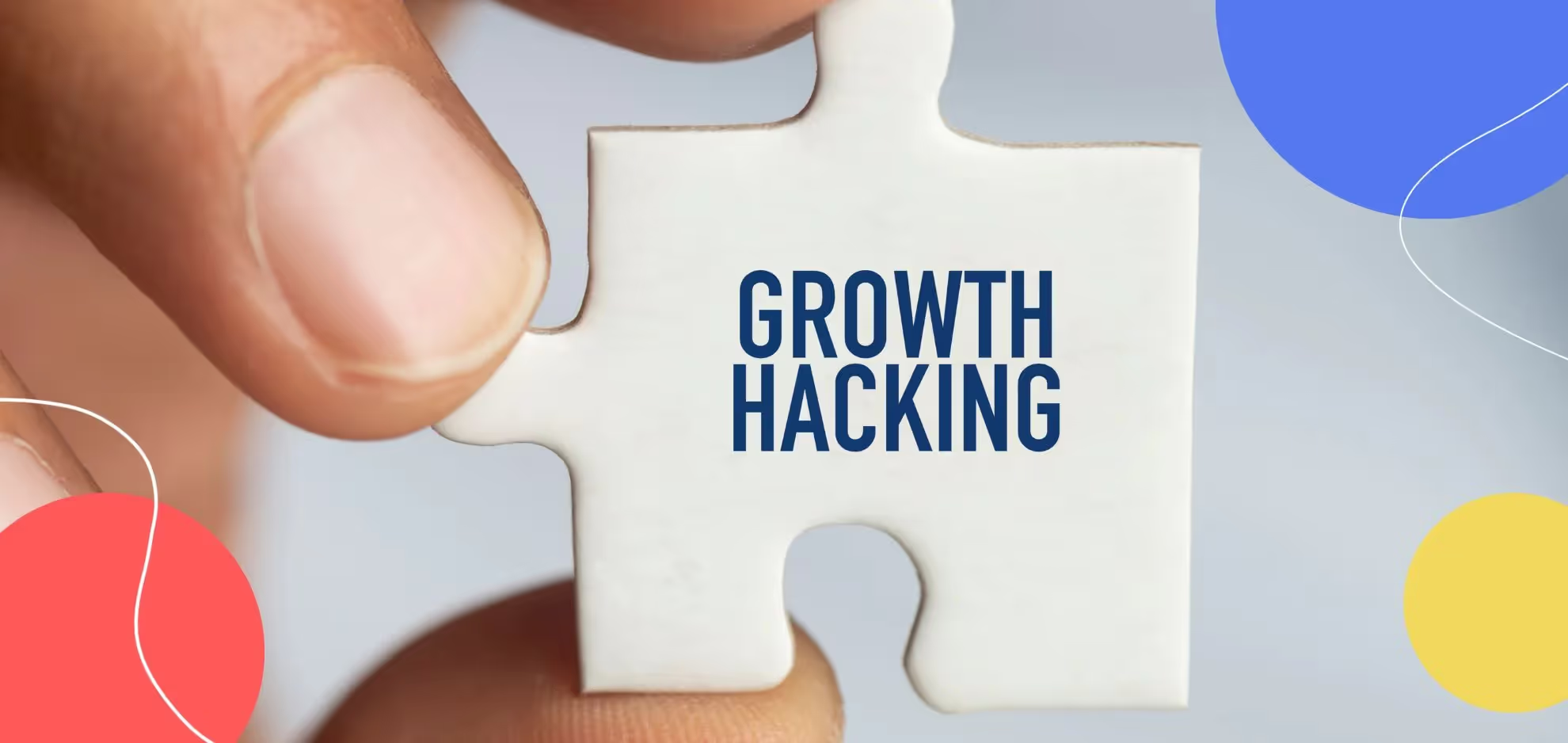



.png)

















